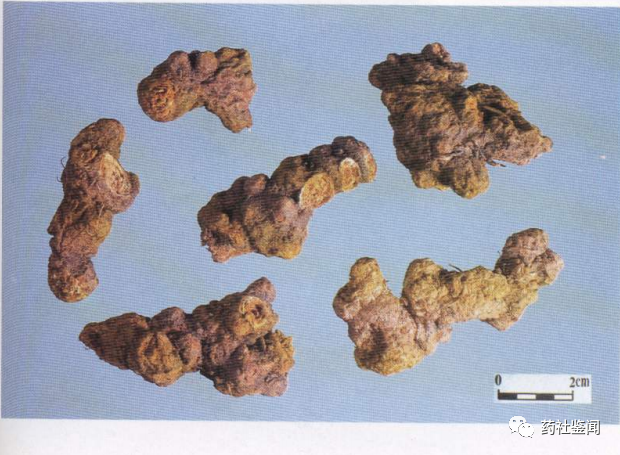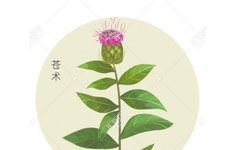This product is the dried rhizome of the Asteraceae plant, Atractylodes lancea (Thunb.) DC. or Atractylodes chinensis (DC.) Koidz. Harvested in spring and autumn, cleaned of soil, dried, and the fibrous roots removed.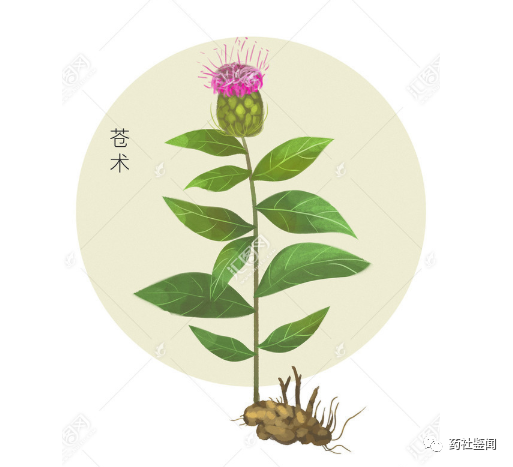
【Properties】Cangzhu appears irregularly bead-like or nodule-shaped, slightly curved, occasionally branched, 3-10 cm long, and 1-2 cm in diameter. The surface is gray-brown, with wrinkles, transverse grooves, and residual fibrous roots, with the apex showing stem scars or remnants of the stem base. The texture is solid, with a cross-section that is yellow-white or gray-white, scattered with numerous orange-yellow or brown-red oil chambers, and upon prolonged exposure, may yield white needle-like crystals. The aroma is distinctive, with a slightly sweet, spicy, and bitter taste.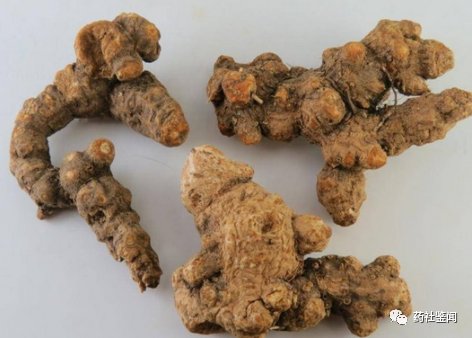
Cangzhu Herb
North Cangzhu appears in a lump-like or nodule-shaped cylindrical form, 4-9 cm long, and 1-4 cm in diameter. The surface is black-brown, turning yellow-brown when the outer skin is removed. The texture is relatively loose, with a cross-section scattered with yellow-brown oil chambers. The aroma is milder, with a spicy and bitter taste.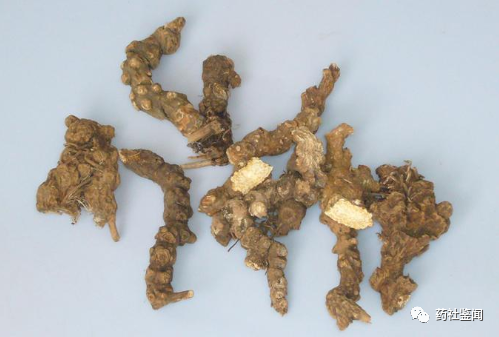
Cangzhu Herb【Identification】(1) The powder of this product is brown. Calcium oxalate needle crystals are small, measuring 5-30 μm, irregularly filling the parenchyma cells. Fibers are mostly bundled, elongated, with a diameter of about 40 μm, and have thick walls, lignified. Stone cells are abundant, sometimes connected with cork cells, polygonal, round, or rectangular, with a diameter of 20-80 μm, and very thick walls. Inulin is commonly seen, with a radial texture on the surface.
(2) Take 0.8 g of this product powder, add 10 ml of methanol, sonicate for 15 minutes, filter, and take the filtrate as the test solution. Take 0.8 g of Cangzhu reference herb and prepare the reference solution in the same manner. Then take the Cangzhuoside reference substance, dissolve it in methanol to prepare a solution containing 0.2 mg per 1 ml as the reference solution. Perform thin-layer chromatography (General Rule 0502) test, applying 6 μl of both the test solution and the reference herb solution, and 2 μl of the reference substance solution on the same silica gel G thin-layer plate, using petroleum ether (60-90℃)-acetone (9:2) as the developing agent, develop, remove, dry, spray with 10% ethanol sulfuric acid solution, and heat until the spots are clearly visible. In the test solution chromatogram, spots of the same color appear at the corresponding positions as in the reference herb and reference substance chromatograms.
【Examination】Moisture content must not exceed 13.0% (General Rule 0832, Method 4).
Total ash content must not exceed 7.0% (General Rule 2302).
【Content Determination】Operate in the dark. Determine by high-performance liquid chromatography (General Rule 0512).
Chromatographic conditions and system suitability test: Use octadecylsilyl-bonded silica gel as the stationary phase; use methanol-water (79:21) as the mobile phase; detection wavelength is 340 nm. The theoretical plate number calculated based on the Cangzhuoside peak should not be less than 5000.
Preparation of reference solution: Take an appropriate amount of Cangzhuoside reference substance, accurately weigh, and dissolve in methanol to prepare a solution containing 20 μg per 1 ml.
Preparation of test solution: Take about 0.2 g of this product powder (passed through a No. 3 sieve), accurately weigh, place in a stoppered conical flask, accurately add 50 ml of methanol, seal tightly, weigh, sonicate (power 250W, frequency 40kHz) for 1 hour, cool, reweigh, and use methanol to make up for the weight loss, shake well, filter, and take the filtrate.
Determination method: Accurately take 10 μl of both the reference solution and the test solution, inject into the liquid chromatography system for measurement.
This product, calculated on a dry basis, must contain not less than 0.30% of Cangzhuoside (C13H10O).
2. Chinese Herbal Slices
【Processing】Cangzhu: Remove impurities, wash clean, soak thoroughly, cut into thick slices, and dry.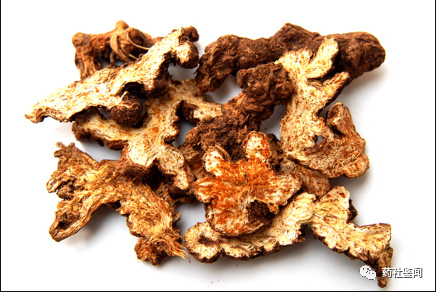
【Properties】This product appears as irregularly round or thick slices. The outer skin is gray-brown to yellow-brown, with wrinkles, and sometimes root scars can be seen. The cut surface is yellow-white or gray-white, scattered with numerous orange-yellow or brown-red oil chambers, and some may yield white needle-like crystals. The aroma is distinctive, with a slightly sweet, spicy, and bitter taste.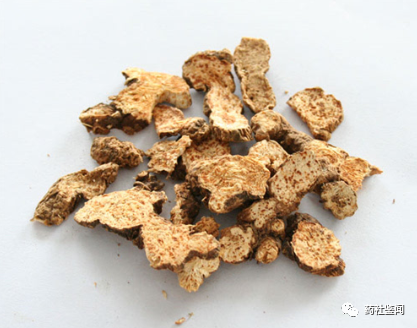
【Examination】Moisture content must not exceed 11.0%, same as the herb.
Total ash content must not exceed 5.0%, same as the herb.
【Identification】【Content Determination】Same as the herb.
Fried Cangzhu: Take Cangzhu slices, fry according to the method (General Rule 0213) until the surface turns deep yellow.
【Properties】This product resembles Cangzhu slices, with a deep yellow surface, scattered with numerous brownish-yellow oil chambers. It has a charred aroma.
【Examination】Moisture content must not exceed 10.0%, same as the herb.
Total ash content must not exceed 5.0%, same as the herb.
【Content Determination】Same as the herb, containing not less than 0.20% of Cangzhuoside (C13H10O).
【Identification】(except for microscopic powder) same as the herb.
【Taste and Meridian Entry】Spicy, bitter, warm. Enters the Spleen, Stomach, and Liver meridians.
【Functions and Indications】Dries dampness, strengthens the Spleen, dispels wind and cold, brightens the eyes. Used for damp obstruction in the middle burner, abdominal distension, diarrhea, edema, beriberi, rheumatic pain, wind-cold common cold, night blindness, and blurred vision.
【Dosage】3-9 g.
【Storage】Store in a cool, dry place.
3. Authenticity Identification
1. Cangzhu: The herb is the dried rhizome of the Asteraceae plant, Atractylodes lancea (Thunb.) DC. This product appears irregularly bead-like or nodule-shaped, slightly curved, occasionally branched, 3-10 cm long, and 1-2 cm in diameter. The surface is gray-brown, with wrinkles, transverse grooves, and residual fibrous roots, with the apex showing stem scars or remnants of the stem base. The texture is hard, easily broken, with a cross-section that is yellow-white or gray-white, scattered with numerous orange-yellow or brown-red dots, and upon prolonged exposure, may yield white needle-like crystals. The aroma is distinctive, with a slightly sweet, spicy, and bitter taste.
2. North Cangzhu: The herb is the dried rhizome of the Asteraceae plant, Atractylodes chinensis (DC.) Koidz. This product appears in a lump-like or nodule-shaped form, 4-9 cm long, and 1-4 cm in diameter. The surface is black-brown, turning yellow-brown when the outer skin is removed. The texture is relatively loose, easily broken, with a cross-section scattered with yellow-brown dots. The aroma is mild, with a spicy and bitter taste.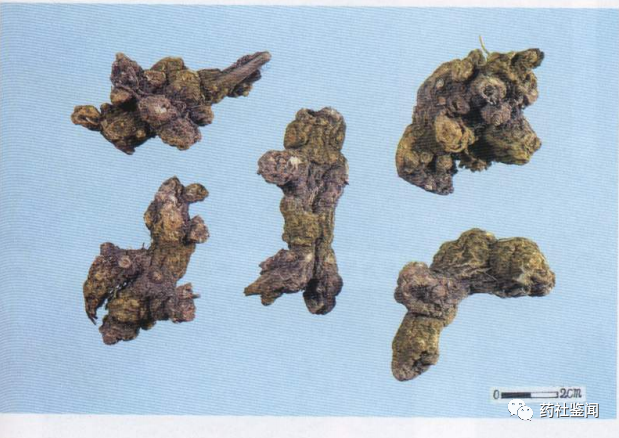
3. Guan Cangzhu (Non-authentic) is the dried rhizome of the Asteraceae plant, Atractylodes japonica Koidz. ex Kitam. This product appears as a nodule-shaped cylinder, 4-12 cm long, and 1-2.5 cm in diameter. The surface is dark brown. The texture is light, with an uneven fracture surface, fibrous. The aroma is distinctive, with a spicy and slightly bitter taste.
